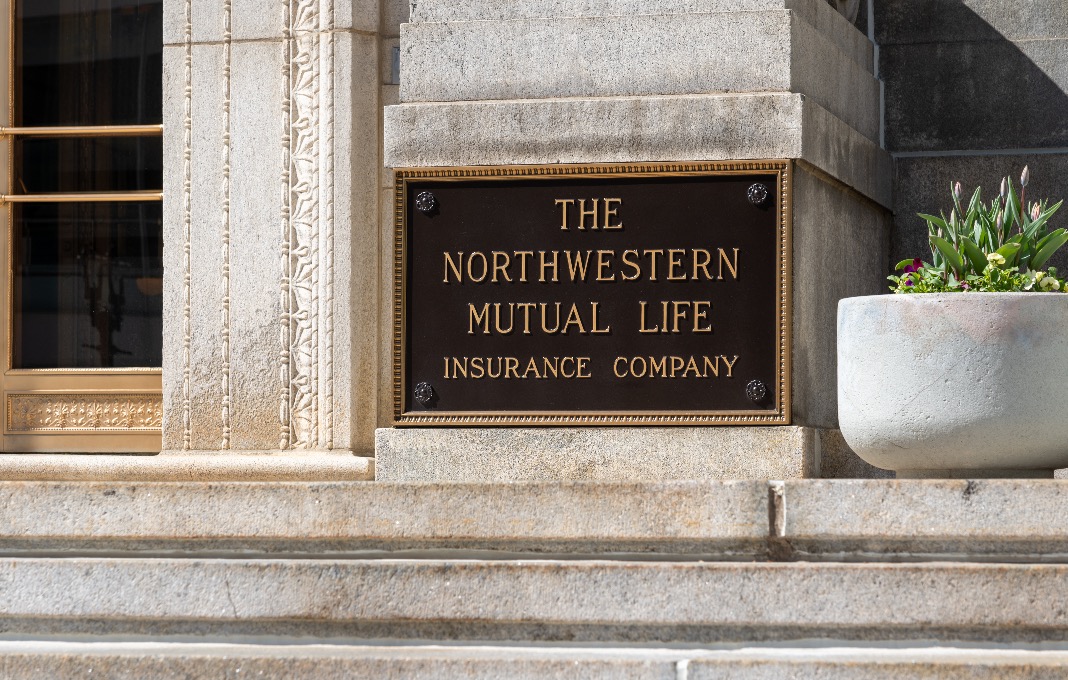Investing in the stock market can be a great way to build long-term wealth. It can also be an income stream for some investors, depending on the kind of assets they invest in.
One way investors earn money is through buying stocks, holding them for an extended amount of time, and selling them once they’ve gone up in price (known as capital gains). But there’s another way shareholders can receive a portion of a company’s profit when that company has a surplus of revenue, usually on a quarterly basis: dividends.
Here’s how they work and how shareholders can put those funds to use.
What are dividends?
Dividends are periodic payments made to shareholders by the company they’ve invested in. When a company is earning enough revenue to cover its basic operating costs and projects, it can choose to divide up excess funds among its shareholders.
How much an investor can expect to earn in dividends will depend on a few different factors, including how many shares you own, the company you’ve invested in, and how often they decide to pay dividends. It’s important to note that these payments can fluctuate in response to changes in the company’s profits, or even broader market conditions if there are major changes in the company’s specific sector.
Companies choose to pay dividends for a number of reasons:
Dividends attract more investors: Not every investor likes to play the long game. Dividends are one way companies can keep investors interested in investing in their company.
Dividends can be a sign of financial health: Having enough funds to pay dividends could tell investors that the company they’re investing in is doing well. “To consistently pay a dividend, a firm must generate sufficient cash flow,” says Robert R. Johnson, a CFA and Professor of Finance at Heider College of Business at Creighton University. “Consistent dividend payments over time indicate that a firm has a long-term viable business model.”
But not all companies pay dividends. Some may choose to hang onto the funds and reinvest them in the company, particularly if the company is less established or focused on expanding. It’s also common for companies to suspend dividends if they’re experiencing some sort of financial trouble like a dip in revenue or an expensive lawsuit.
When investing in dividend stocks, there are a few basic terms you need to know:
- Dividend yield: This is the annual dividend per share divided by the share price.
- Record date: The date a company will check and record information about who is eligible to receive a dividend payout.
- Ex-dividend date: This is essentially a cut-off date. In other words, if you buy shares on or after this date, you won’t get the next dividend the company is scheduled to pay.
- Declaration date: This is the day that a company’s board of directors formally announces an upcoming dividend payment. You can expect to learn about the dividend’s amount, ex-dividend date, and payment date.
- Payment date: The day on which companies will send checks to shareholders or credit to their brokerage accounts.
What are the different types of dividends?
Dividends can come in different forms, as well as at different intervals. But all in all, dividends are one way that companies can entice investors to invest in their company. A few common types of dividends include:
Cash dividends
These are the most common types of dividends and are paid out by transferring a cash amount to the shareholders. These dividends are usually paid on a quarterly basis, although some companies may opt for a monthly, semiannual, or one-time lump-sum payment.
Stock dividends
Companies may choose to pay dividends in the form of extra shares instead of cash. This can be a perk for shareholders because these stock dividends are not taxed until the shareholder sells these shares. But experts say this can also dilute the share price. “Essentially each shareholder owns the same percentage of the company after receiving the stock dividend as they did before receiving the stock dividend,” says Johnson.
Scrip dividends
When a company doesn’t have sufficient funds to issue dividends in the near future, it’ll issue scrip dividends, which is essentially a promissory note that promises to pay shareholders at a later date. These dividends may or may not include interest.
Property dividends
While less common, some companies pay dividends by giving assets or inventories to shareholders instead of cash. They use the fair-market value of the asset to determine how much each shareholder should receive.
Liquidating dividends
This is the type of dividend paid to shareholders during a partial or full liquidation. The company will return the amount that shareholders originally contributed and, as a result, these dividends usually aren’t taxable.
How often are dividends paid?
In most cases, a company will pay dividends to its shareholders on a quarterly basis. But there’s no set rule for how often this should happen. A company’s board of directors decides how much and how often dividends are paid based on how much money the company makes and what its goals are.
Once a business earns profits, it can invest the money back into the business, save it for emergency expenses, buy back stocks from the shareholders, or pay dividends to shareholders. You can determine when and how much you should expect to receive in dividends by paying close attention to the dividend yield, declaration, ex-dividend, and payment dates. It’s important to keep in mind that you won’t always receive a dividend payment.
“Unlike interest payments on a bond, there are no guarantees that a dividend has to be paid,” says Doug “Buddy” Amis, a certified financial planner and president at Cardinal Retirement Planning Inc. in North Carolina. “When we work with clients to improve their retirement cash flow it is important to understand that the dividend is non-guaranteed and subject to being changed or suspended.”
Are dividends taxable?
Dividends are generally considered taxable income, and are subject to federal and state tax, regardless of whether you decide to pocket the money or reinvest the funds. Although there are some exceptions, such as dividend stocks that are held in a tax-deferred account like a Roth IRA or a 401(k) or dividends that are seen as a capital return and are not taxed until the investment is sold. But exactly how much you pay can vary depending on whether your dividends are qualified or non-qualified.
Qualified dividends: These are dividends that are taxed at the capital gains tax rate (which is lower than the standard income tax rate). For a dividend to be considered a qualified payout, it must meet a minimum holding term and be paid by a U.S. corporation or a foreign corporation listed on a U.S. stock exchange. These dividends are eligible for long-term capital gains tax rates, which, depending on your income and tax filing status, are 0%, 15%, and 20%.
Non-qualified dividends: Nonqualified dividends (or ordinary dividends) are taxed as “ordinary income,” and are subject to your normal income tax rate, which can be anywhere from 10% to 37%.
What should you do with dividends?
Once you receive dividends there are a few different ways you can use them. Ultimately, how you choose to use your dividends will depend on your personal financial situation and investment goals. You can:
- Pocket the money: When you receive your dividend payments, you can choose to keep the money, which could make more sense for certain investors depending on their financial goals and where they are in their lives. “Dividend-paying stocks can provide cash flow on a recurring basis, [which is] important for retirees and businesses,” says Amis.
- Reinvest the funds: For investors who want to continue letting their investments grow, reinvesting those funds through a company dividend reinvestment plan (DRIP) may be a better option. These plans can be more lucrative in the long-term because it gives investors the opportunity to use their dividends to purchase additional shares at a consistent rate and grow their investment little by little.
Dividend stocks can be a key component of a well-balanced portfolio and can be beneficial for shareholders across the board. They can serve as both an additional source of income in the short-term and as a way for investors to grow their portfolios over time.







































































